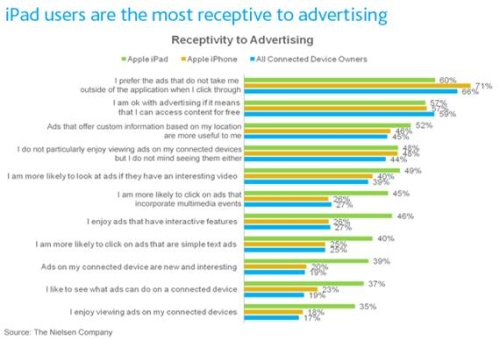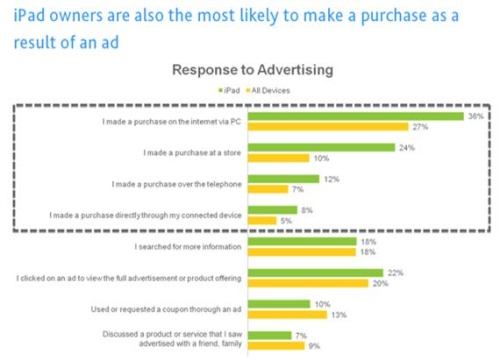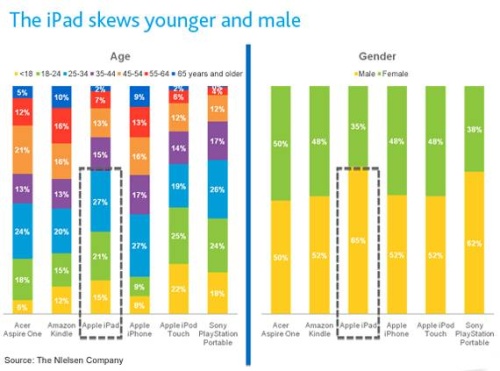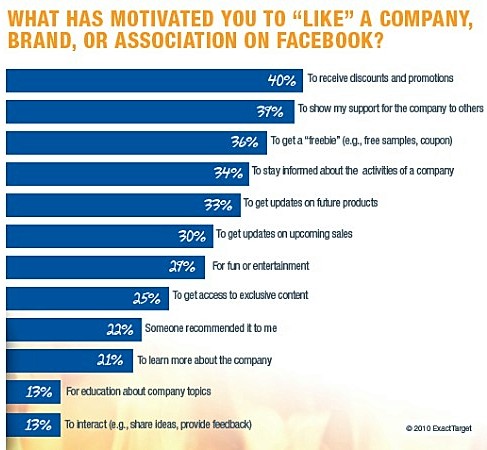Sky Deutschland: Kundenservice im Abschreibungsland 2.0
 Am liebsten würde ich diesen Post anfangen mit “Es war einmal…”. Denn es fällt einem schwer zu glauben, dass diese Geschichte in der heutigen Zeit nicht erfunden ist. Ist sie aber nicht…!
Am liebsten würde ich diesen Post anfangen mit “Es war einmal…”. Denn es fällt einem schwer zu glauben, dass diese Geschichte in der heutigen Zeit nicht erfunden ist. Ist sie aber nicht…!
Es geht um den Kundenservice der Sky Deutschland Fernsehen GmbH & Co. KG. Und würde ich mich nicht seit mehr als einem Jahr über den Kundenservice wundern, so hätte ich mir diesen Post erspart. Es ist ein Fallbeispiel der ganz besonderen Art und Wert, geteilt zu werden.
Zur Vorgeschichte…
Vor einem Jahr wollte ich auf HD Receiver und Empfang “upgraden”. Ein Anruf bei der Sky ließ mich wissen, dass es derzeit keine HD-Empfänger für Kabelempfang gäbe. Deshalb könne man derzeit meinen Vertrag nicht gleich hoch stufen. Es würden Gespräche geführt mit dem Hardwarelieferanten HUMAX und solange müsse man eben dann auf seinen HD Empfang warten. Was soviel hieß wie, man könne eigentlich keine neuen Umsätze mit Kabelempfängern machen in Deutschland. Man fragte sich, wie eine Firma unter solchen Umständen ordentliche Umsätze schreiben kann.
Ungläubig gegenüber dieser Information versuchte ich mein Glück über einen Saturn Markt in München und siehe da: Ein Verkäufer am Sky-Stand berichtete nach einem ausführlichen Telefonat von der Option, dass ich zwei Wochen später eine Promotion nutzen könne, die mir den HD-Empfang und Erhalt eines HD-Receivers ermöglichen würde. Ich müsse nur am Telefon in zwei Wochen alles erklären und dann wäre ich auf HD-Empfang.
Zwei Wochen später bestellte ich am Telefon das Angebot, welches die Dame eingab und mir versicherte, in ein paar Tagen sei der Empfänger samt HD-Empfang da. Ich nehme es vorweg. Nein, er kam nicht… Er kam nie.
Wie ich später erfuhr, hatte die Dame nämlich offensichtlich gar nichts eingegeben (oder vergessen zu speichern), denn im CMS gab es zu dem Telefonat keinen Eintrag, als ich zwei Wochen später nachfragte. Auch drei Wochen später, als ich einen zweiten Versuch wagte, klappte es nicht. Wiedermals kein Eintrag auf Nachfrage. Das Special war inzwischen abgelaufen und ich gab auf.
Als ich noch einmal zufällig im selbigen Media-Markt war, fragte ich einen neuen Verkäufer, was man eigentlich mit Premiere Kunden mache, die immer noch einen alten Vertrag haben. Der Sky-Verkäufer sagte stolz, dass im nächsten Jahr alle Verträge -und es seien doch noch zahlreiche- auf Sky umgestellt und die alten aufgelöst werden. Das zweifelte ich an mit dem Argument anzunehmender schwindender Umsätze und hohem Kundenrückgang. Das könne Herrn Murdoch wohl nicht egal sein, bemerkte ich. Zu meinem Erstaunen erwiderte er: “Deutschland ist ein Abschreibungsland für Herrn Murdoch. Da machen Sie sich mal keine Sorgen. Springen die Leute ab, macht Hr. Murdoch das wenig aus.” (Staunen meinerseits.) Aha…!
Ich werde also mal abwarten, ob mein Vertrag nun im kommenden Jahr ausläuft.
Das alles geschah vor ungefähr einem halben Jahr.
Die Gegenwart…
Nun war ich vor einer Woche in London im Hotel und wollte mich auf meinem iPad auf der App auf Sky einloggen. Es war ein Champions League Abend und ich wollte den kostenlosen iPad Service “Alle Inhalte jetzt bis 31. Dezember 2010 kostenlos.” nutzen.
Einloggen ging auch, aber mehr nicht… Nach dem Laden der App gab es lediglich eine Trailer von Sky und danach ging nichts mehr…
“Auf diesem Kanal wird zur Zeit nicht gesendet ” teilte die App mir mit.
Ein Anruf bei der Hotline sagte mir, ich solle schnell eine Mail schreiben, denn für alle Onlinebelange und -mängel sei der Online Kundendienst zuständig. Der Telefonservice könne da nichts machen. “Hier sitzen zahlreiche Menschen für Onlineanfragen vor ihren Rechnern, genauso wie ich am Telefon”, meinte die freundliche Damenstimme. Gesagt, getan – die Anfrage ging an die Online-Hotline. Das war an einem Dienstag! Ich wartete also auf Feedback per Mail. Natürlich wartete ich auf ein Feedback in gewissem Masse in Echtzeit…
Feedback kam – am Samstag darauf. 5 Tage später. Per Post…! Kein Scherz!!! Nachfolgend der Brief – lest bitte selbst…
Jetzt fehlen mir die Worte im Zeitalter Abschreibungsland 2.0…
(Aus Datenschutzgründen wurden bestimmte Nummern und Namen aus dem Schreiben von mir entfernt.)
Spot On!
Sehr passend kommt mir da eine Befragung von novomind heute vor die Augen. Offensichtlich ist Online-Kundenservice in Deutschland immernoch im Hintertreffen. Ergebnisse der Studie zeigen, dass es nach Ansicht der Befragten in 50% der Unternehmen keine Online-Strategie für den Kundenservice gäbe – geschweige denn im Social Web: Bislang würden im Schnitt gerade einmal 2% der deutschen Kontaktaufnahmestellen für Firmen in sozialen Netzwerken agieren, bei externen Dienstleistern wären es immerhin 5%.
Erscheinen nur mir die Zahlen für den Online-Kundendienst in Deutschland erschreckend niedrig? Ist hier nicht schnellstens Nachholbedarf angesagt? Oder greift der Deutsche noch gerne zum Telefon (wie auch ich zuerst)?















